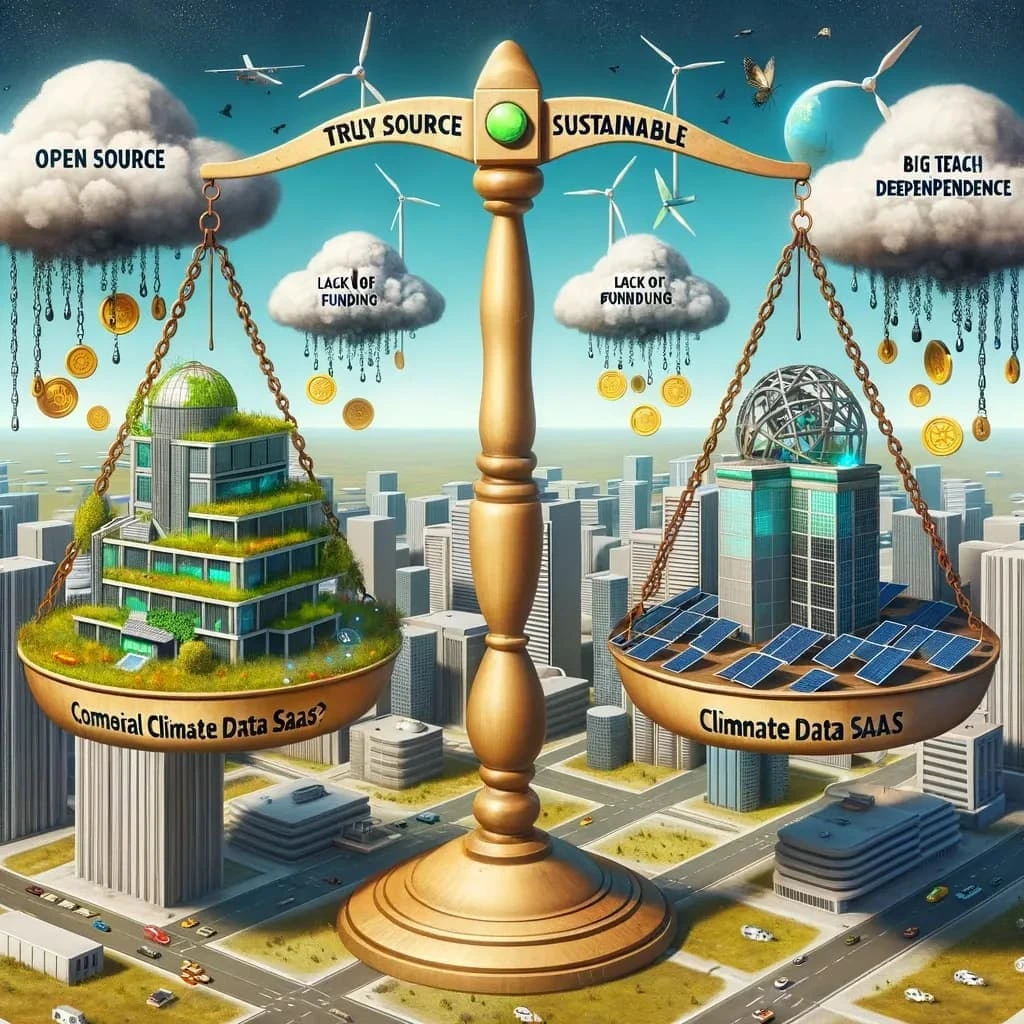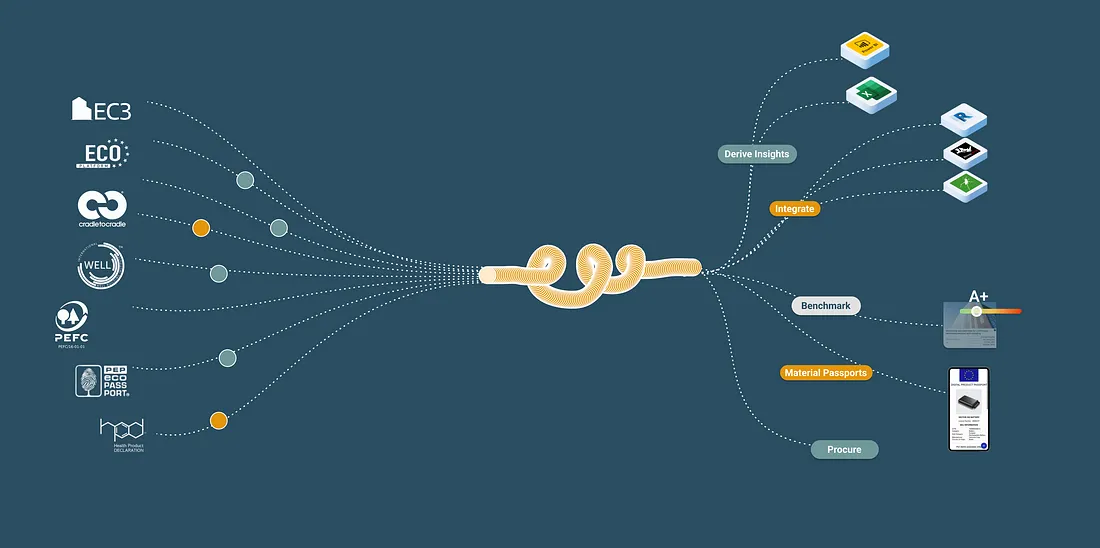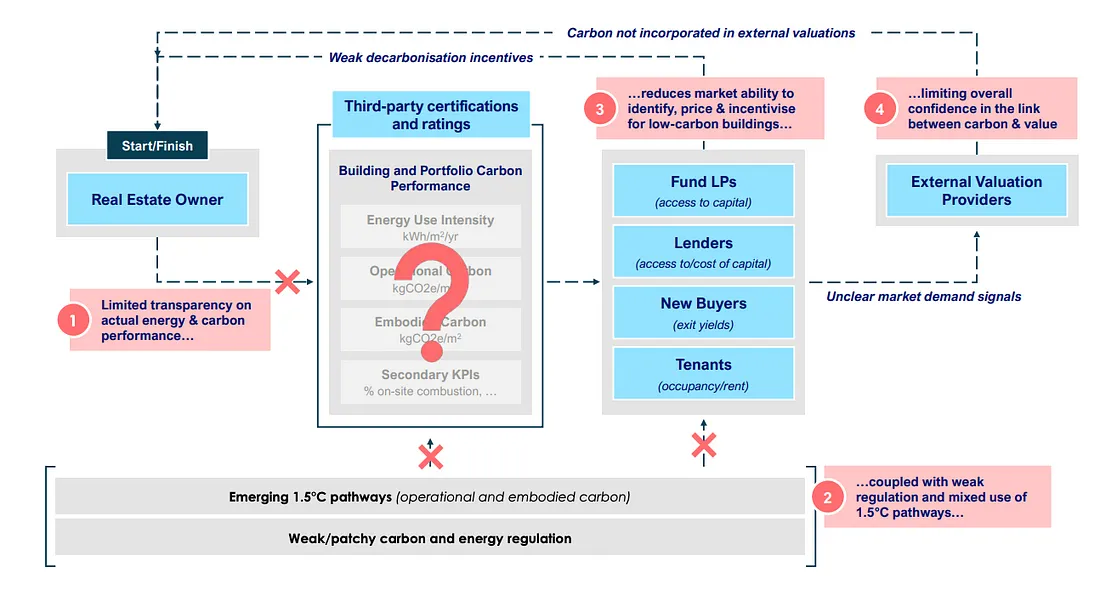Open Source in AEC: An Unlikely Ideal, or a Climate Solution?
In an era where the world grapples with the mounting challenges of climate change, the Architecture, Engineering, and Construction (AEC) sector finds itself at the epicenter of this battle. As the demand for green and sustainable construction grows, the industry looks towards technological advancements to address these needs. Building Information Modeling (BIM), for instance, stands as a beacon of hope. But the question arises: Can the movement of open source in AEC truly offer the solutions the industry and our planet need?
Understanding Open Source in AEC & BIM
Open Source software has long been touted as a panacea for various industries. Its core promise revolves around accessibility, transparency, and community-driven growth.
In the intersection of climate technologies, data and digital processes in the industry, there have been several promising open source initiatives.
Some notable projects pushing for open source in AEC
- EPDx and LCAx
- OpenSource.construction
- EC3 by BuildingTransparency
- That Open Platform
- DotBIM & DotBIMPy
- (probably many others I am not aware of)
However, the perception of open source sometimes seems flawed. Many expect someone, somewhere, to craft software that businesses, NGOs, or governments can use without understanding the sacrifices made by developers or offering the requisite financial support. While many people love to work on impactful projects and do good for the world, unfortunately the financial stability of these projects (or lack thereof) often determines their ability to continue existing.

What’s the motivation to build open-source AEC tools?
Such a scenario begs the question: Is open source in AEC just another idealistic dream, or does it hold tangible promise?
Open Source: Idealism vs. Realism
Drawing parallels from the broader open source community, a concerning trend emerges. Open source projects often start as solo ventures, but without proper funding or support, they either shut down, remain chronically underfunded, or get adopted by big tech firms, diluting the original intent. If this pattern is anything to go by, the industry’s adoption of open source in AEC, and especially in BIM, could face similar challenges.
Given the urgency of the climate crisis, the AEC industry doesn’t have the luxury of time. It needs reliable, financially sustainable technological solutions now more than ever. And while the ideals of open source — collaboration, transparency, and community-driven innovation — align well with the collaborative spirit of BIM, the practical challenges cannot be ignored.
How can open source in AEC survive?
Firstly, let’s stop thinking about open source in AEC as a benevolent exercise some good-willed developers will spend their evenings and weekends on. Instead, let’s look at open source as a force for good, and an amazing way to encourage adoption of technologies. This adoption can both help the ideal goal of these projects (to improve the AEC industry and climate) as well as provide the grounds for a viable business model to develop.

When talking about commercial viability, the best we can do is learn from the rest of the technology industry. Let’s see what models worked, and which models haven’t worked for open source companies. Some may not apply in AEC, but some might.
Listen here: A really interesting podcast episode to learn about the history of open source is one by Spencer Kimball (CEO of Cockroach Labs) on the podcast “World of DaaS”
Why are open source in AEC and climate change issues so closely connected?
The need for sustainable construction and environmentally-conscious architectural solutions is undeniable. Tools like 2050 Materials can help designers and architects sort and compare beautiful and sustainable building materials to help track and reduce impact. BIM’s potential in facilitating sustainable design and construction, energy analysis, and lifecycle assessment makes it pivotal in the AEC sector’s fight against climate change. If open source in AEC can enable BIM tools that help us learn, track and reduce impacts, all while we democratize access to these capabilities, the impact could be profound.
But for that to happen, a shift in perception and approach towards open source is essential.
Is There Hope for Open Source in AEC & BIM?
While the broader open source community faces funding challenges, the AEC sector might have a unique advantage. With increasing awareness about climate change, there’s potential for governments, NGOs, and private stakeholders to invest in open source BIM projects, recognizing their value in the fight against the worst impacts of climate change.
Moreover, the collaborative nature of AEC projects lends itself to the open source model. If the industry can rally around open source BIM tools, pooling resources, expertise, and funds, it might sidestep some challenges faced by other sectors.
A Call to Action
In the face of a looming climate crisis, can the AEC industry afford to treat open source as just an ideal? Or will it harness the collective power of its stakeholders, embrace open source tools, and lead the charge towards a sustainable future? I think the later, as long as we start seeing open source as a business and not as a weekend activity.
Related articles

The Age of Integration — 10 Examples of Integrating Carbon Data in AEC, and Why They Matter
By integrating carbon data into the target-setting process, stakeholders can base their goals on real, actionable data, leading to more effective and sustainable project outcomes.
Read more
Net Zero is a Data Integration Problem
In recent years, numerous organizations in real estate and infrastructure have committed to ambitious net zero targets. This means reducing reliance on non-renewable energy and materials and adopting more sustainable design, engineering and procurement practices.
Read more
Tapping into the Low-Carbon Real Estate Market
This article is based on a paper by Leaders of the Urban Future (LOTUF) in partnership with Systemiq and highlights the required steps to decarbonizing in the real estate sector for a greener future.
Read more